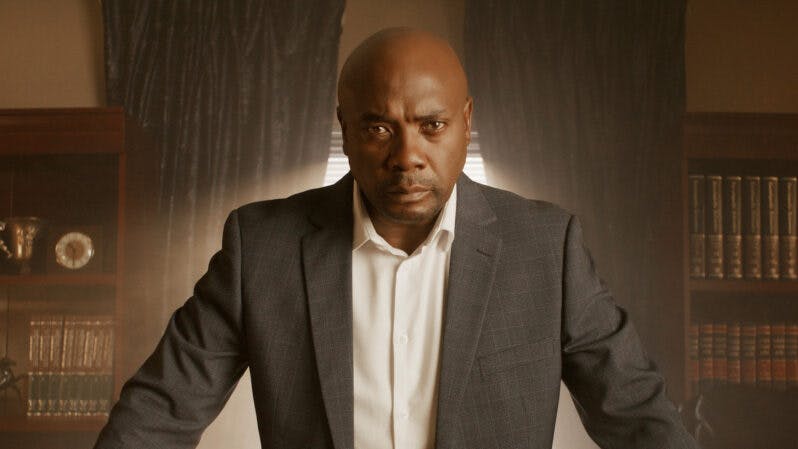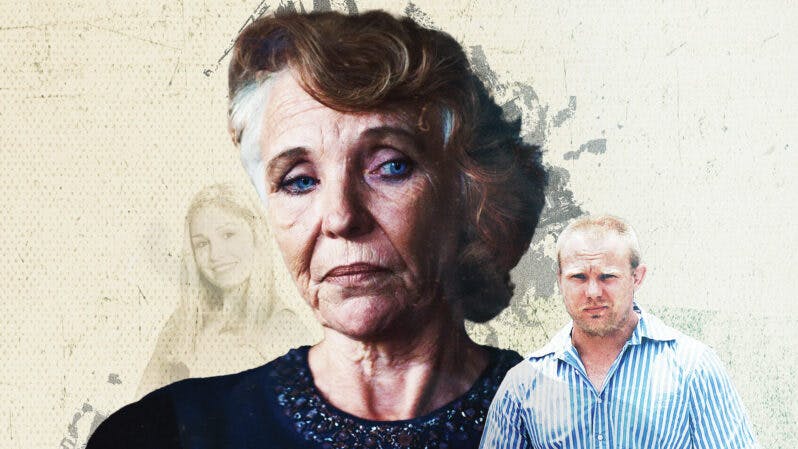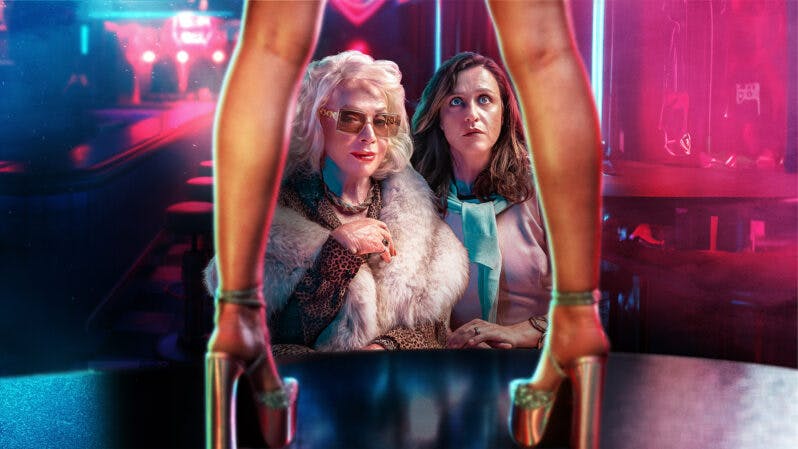
31 January 2017
Local short film reveals a shocking truth
HUM, an award-winning South African Afrikaans thriller, explores the disturbing world of paranoia and the controversial use of shock therapy. In HUM, lead character Thomas thinks a dangerous organisation is after him, but the doctors tell him it’s all in his head – and they might be right.
Believe it or not, shock therapy (electroconvulsive therapy, or ECT) is still used for the mentally ill today, and that got us thinking – what is shock therapy, really, and does it actually work?
What is ECT?
Basically, ECT involves running a current through the brain to induce a seizure, and it seems archaic for good reason. It was first developed in 1938 as a treatment for pretty much every kind of “mental illness” and a stigma quickly surrounded its use. Patients were strapped into chairs and had their brains electrocuted while they were awake, leading to broken bones, memory loss and other serious side effects.
Why is it still used?
Today, ECT is recommended for severely depressed, catatonic or suicidal patients who may not respond well to medication or who can’t take medication for whatever reason – such as during pregnancy. It’s done under general anaesthetic, the currents are small, and it’s done within a controlled environment.
But, as we see in HUM, that doesn’t make it any less – well, shocking. We see Thomas going under anaesthetic, having something inserted into his mouth for him to bite on, and see him being connected to the ECT machine. We see his whole body, his hands, shaking as the currents pass through his brain, and we see the look of horror on his partner Jana’s face while she watches.
Speaking about the film, director Willem Grobler said:
“We wanted it to be as authentic as possible, we even used real equipment from a psychiatric ward and had a nurse with us who underwent shock therapy.”
Does it work?
The medical world is divided. According to a report by the Proceedings of the National Academy of Sciences of the United States of America, ECT damages the frontal lobe of the brain, which controls functions like memory, sexual behaviour and the ability to absorb new knowledge. But a Harvard Health publication states that “ECT is consistently found to be as effective as drugs or more so. The rate of response to antidepressant drugs runs from 40% to 70%. ECT has a response rate of 70% to 90%.”
But that’s not Thomas’s experience. “It doesn’t work,” he tells his psychologist, “No matter how many times you do it.”
The shock therapy doesn’t stop the voices in his head, doesn’t stop him believing that They are out to get him. So he undergoes the therapy again. And again. He becomes more and more emaciated, more isolated, more haunted, more alone.
But what it does do, as we find out through Jana, is make him forget. The memory loss that is still a side effect of ECT today means that, for a while, Thomas can’t remember that he’s been through it all before. Which, we discover, could all have been a part of the sinister plot against him.
“No matter how many times they shocked him to try repress his memory, the truth will always come out,” said Grobler.
This award-winning short film is captivatingly dark, mysterious, and brilliantly acted, and you can watch it right now on Showmax.
Original African stories by local talent

Empini S1
Stream the Showmax Original drama series Empini from 23 May 2024.

Original Sin: My Son The Killer
Original Sin: My Son The Killer follows the murder of Andrea Venter by Gerhard Jansen van Vuuren, who then went on the run from South Africa to Brazil.
Tracking Thabo Bester
From the makers of Devilsdorp and the director of Convict Conman comes the true-crime documentary South Africa has been waiting for. Two episodes now streaming, and the remaining two episodes land on 22 March 2024 on Showmax.

The Illuminated
The Showmax Original docuseries The Illuminated explores different religious movements in South Africa. Stream now, with new episodes every Wednesday.

Koek S1
The crime comedy Koek, starring Cindy Swanepoel, now streaming on Showmax, with new episodes every Thursday.

Ekhaya Backpackers S1
Stream the Showmax Original comedy series Ekhaya Backpackers, with new episodes every Thursday.

Cheta M
Cheta M explores the love story between Adanna and Nnanna, young lovers who battle the spiritual and political forces in their way. Stream now, with new episodes Wednesday to Friday.

Youngins S1
Stream Tshedza Pictures’s first teen drama, Showmax Original Youngins, with three new episodes every week.
The Winning Ticket, a Showmax Original
Youngins S1 episodes 1-20 recap
More Mzansi gold

Youngins Season 1 episodes 31-33 recap: Revelations
Amo and Mahlatse become a couple, Tumelo ditches Sefako, and Khaya sees both Sefako and Principal Mthembu in a new light in episodes 31-33 of Showmax Original Youngins.

Interview: Knock knock, it’s Youngins’ Tshepo!
Tshepo Matlala talks about how he brings class clown Tshepo’s jokes to life, and what’s behind the mask, in Showmax Original Youngins.

Siyabonga Thwala stars in action-packed Empini
Showmax announces new action-drama series Empini, starring three-times SAFTA winner Siyabonga Thwala. Premieres 23 May on Showmax.

The Mommy Club S2 episode 9 recap: Mrs Mops’ launch event
In episode 9 of The Mommy Club, Mrs Mops launches her skincare range and Barbra and Mantshi make amends. New episodes every Monday.
